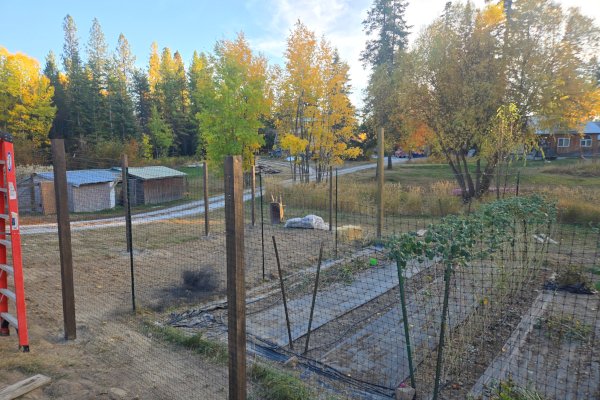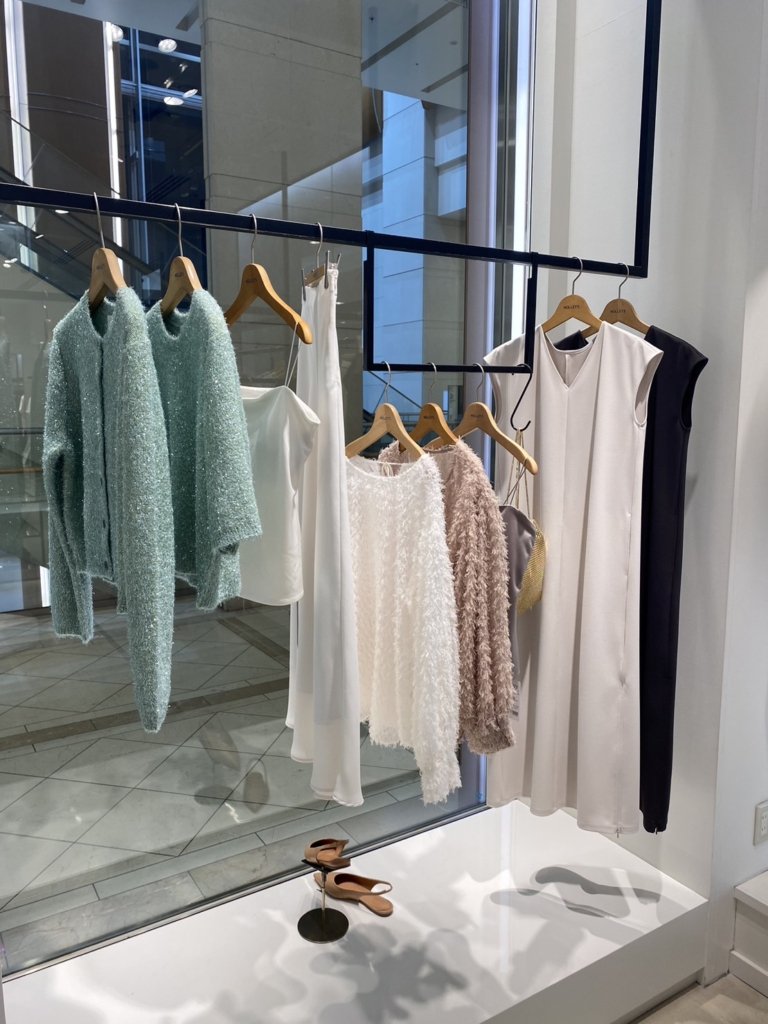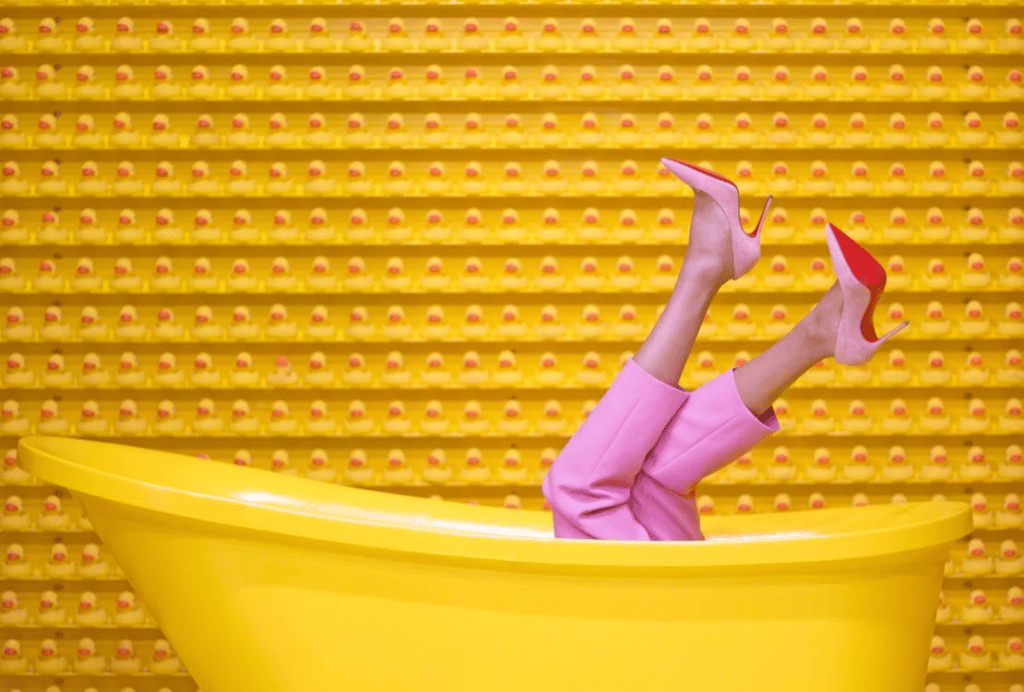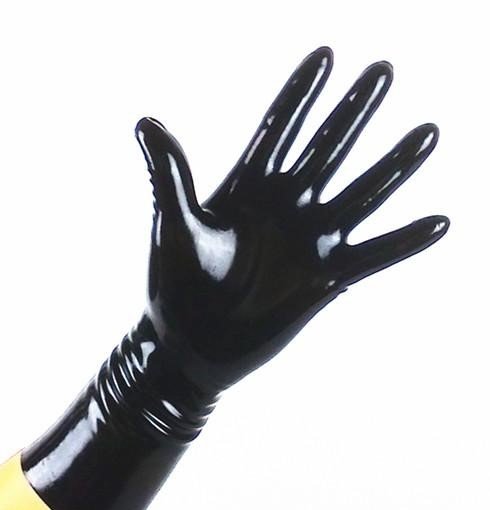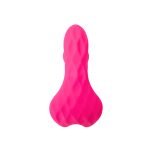This article appears in Made in Japan, Vol. 4.
To read the full article, click here.
Akira Kurosawa’s 1963 film High and Lowin Japanese it is called Heaven to Hell (Heaven and Hell) is based on a real place; Yokohama’s notorious red-light district, Koganecho, was a conceptual reference for Hell. The area was razed to the ground in World War II, and a thriving black market emerged from the ruins. Until the mid-2000s, it was a hotspot for brothels, drugs, and gang activity. Kurosawa’s Koganecho is a typical slum, with ramshackle buildings jutting out like broken teeth, surrounded by piles of dirt and garbage scattered on the ground.
Today, however, the neighborhood is unrecognizable: a bright, bustling arts hub with new wooden floors beneath elevated train tracks, sleek grey concrete buildings, an art bookstore and numerous galleries, thanks in part to the efforts of the Koganecho Area Management Center (KAMC), which began work about 15 years ago.
Huge red light district
In 2005, a few months before the 150th anniversary of Yokohama’s founding, the transformation of Koganecho began. Fearing that the district’s reputation could tarnish the image of the entire city, the police launched “Operation Goodbye,” targeting the neighborhood’s hundreds of small brothels and forcing them to close. But this also brought another challenge: for decades, the local economy had been supported by illegal and underground trade. When the lights of Kanto’s largest red-light district went out, what would replace them?
The city of Yokohama’s solution was to transform the area into an artists’ enclave. Doing so would require changing the neighborhood’s reputation and restoring residents’ trust in their surroundings—no mean feat. Koganecho is a long, narrow district sandwiched between the Keikyu Railway Line and the Ooka River. The space beneath and around the elevated train tracks was historically known for housing countless small brothels disguised as bars, though these illegal establishments continued to expand and proliferate over the years, eventually numbering around 250 before police raids left them temporarily vacant and abandoned.
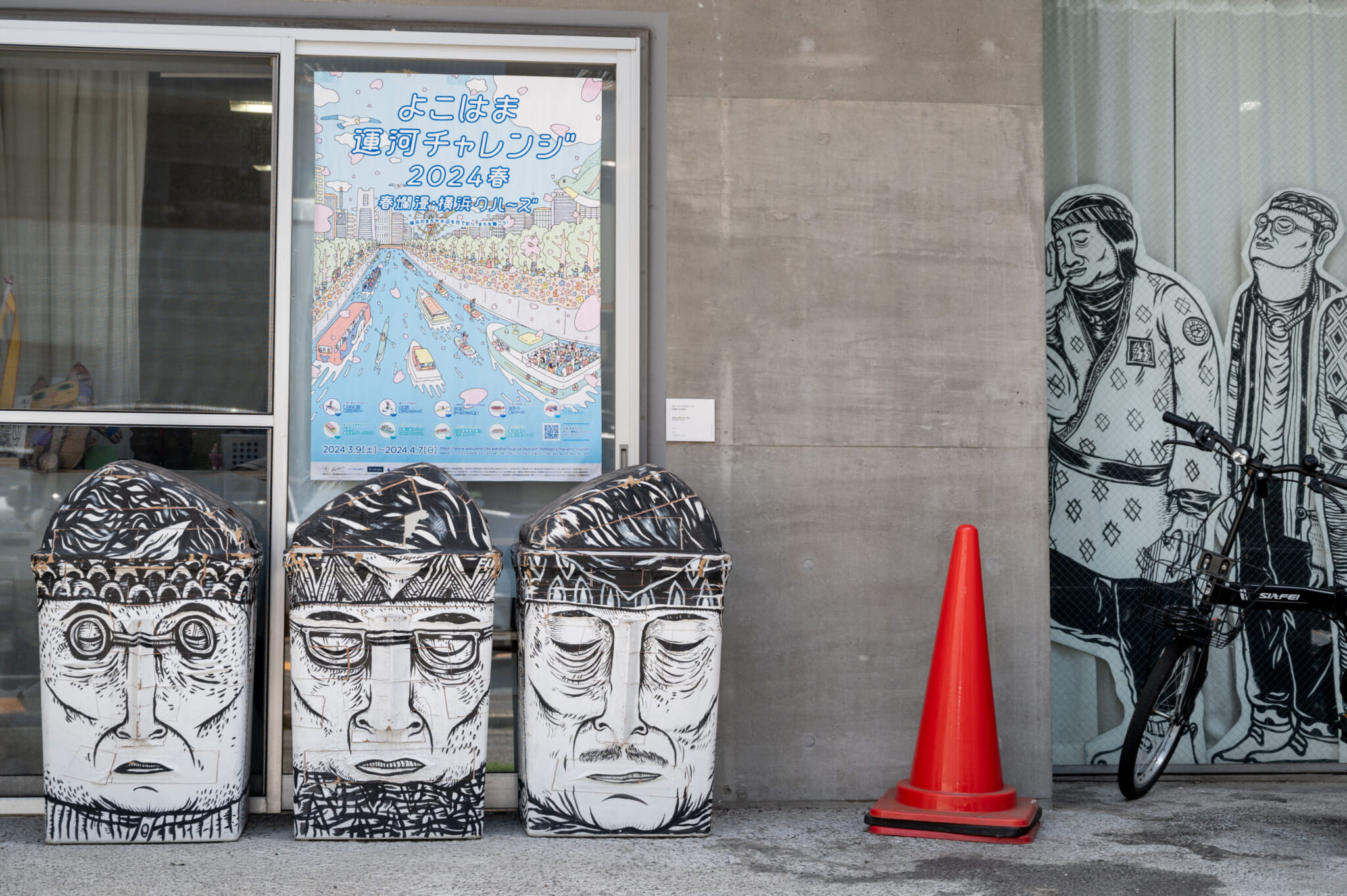
Bringing art to the community
Shingo Yamano, current KAMC director, began working in the area in 2007. In conversations with residents, the area under the railway line repeatedly came up as a topic of concern. “We consulted the locals and listened to their requests,” he said. “They wanted enough space under the tracks, and large, spacious windows.”
In 2008, two new art facilities were completed—both buildings built beneath the railway lines, demarcating the two ends of the Koganecho area. Yamano points out their locations on a map: The northern building, Hinode Studio, is near Hinodecho Station. Kogane Studio is on the south side, near Koganecho Station. Each building was built to house artists, one of the main ways Yamano is working to make art a permanent fixture in Koganecho.
Typically, artist residencies are usually up to three months long. In the Koganecho program, the residency period is much longer—residency periods start at three months and can be up to a year, with many artists choosing to extend it to five years. “This is important for creating community,” Yamano said. “The longer the artists are here, the more they can help cultivate relationships with local residents.”
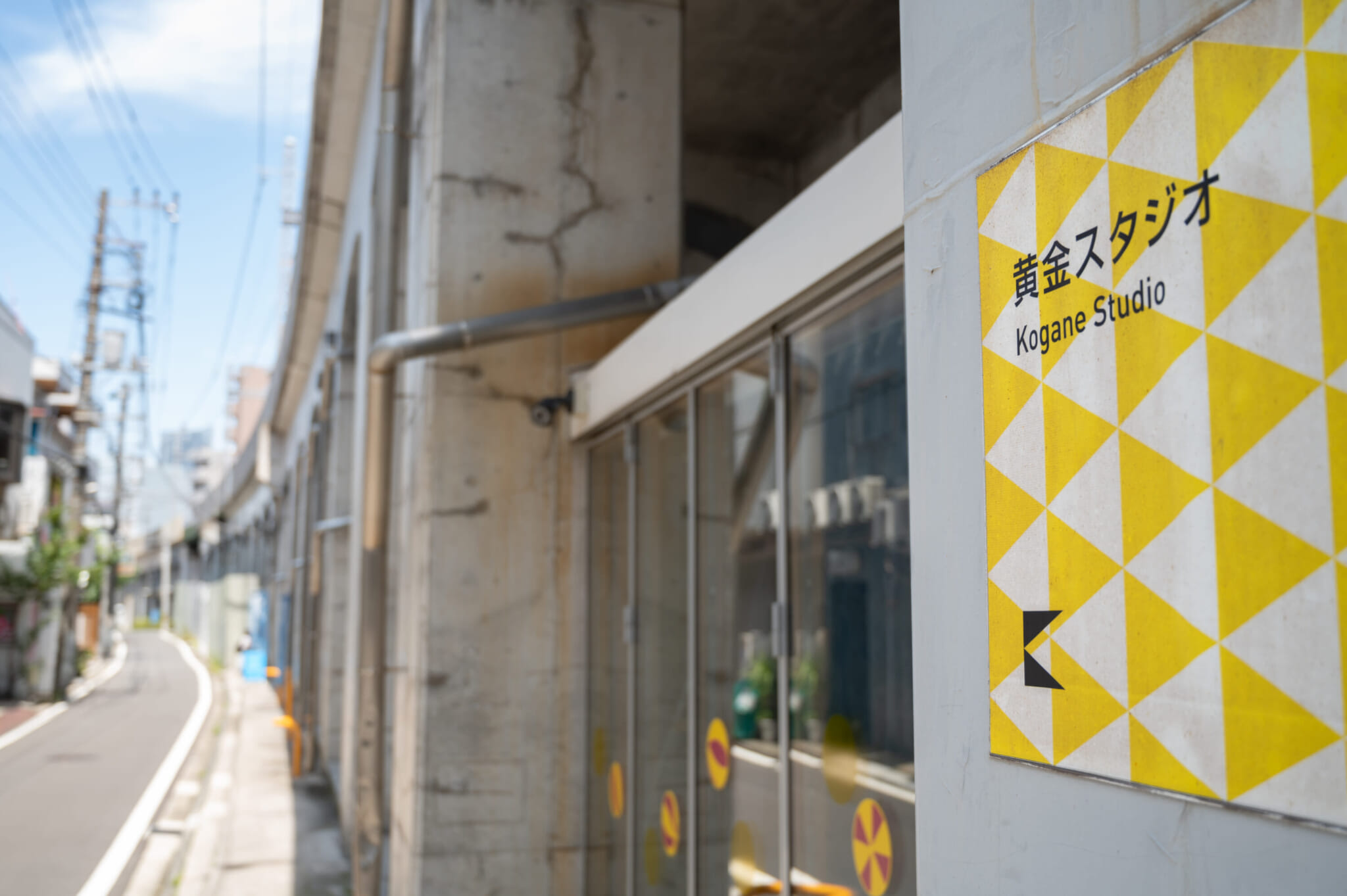

The studio spaces were launched in conjunction with the opening of the first Kogane-cho Market, a three-month event that focuses on the interaction between art and the community and has been held for 15 years. However, its success was far from guaranteed. Yamano worked to make the event more public and accessible, with each venue open to the public free of charge. He persuaded cafe owners to open temporary shops, artists to create portraits of residents, and even Issey Miyake to open a temporary store.
In 2009, based on the success of the event, the Kogane Town Area Management Center was officially established as a non-profit organization.
Beyond the Market
Yamano works hard to attract artists, not only from Japan but also from other Asian countries. In 2023, 29 different artists participated in the residency program. The effect is obvious – the population of Kogane and its surrounding area has increased by 52% since 2004.
Still, Yamano said, residents warn their children to stay away from the area, and some won’t attend the events. Still, it’s hard to deny Kogane’s success in reinventing itself as a local arts hub. During the annual market festival, many buildings are hung with small blue flags indicating they are exhibition venues, and people take at least half a day to properly visit the exhibitions.
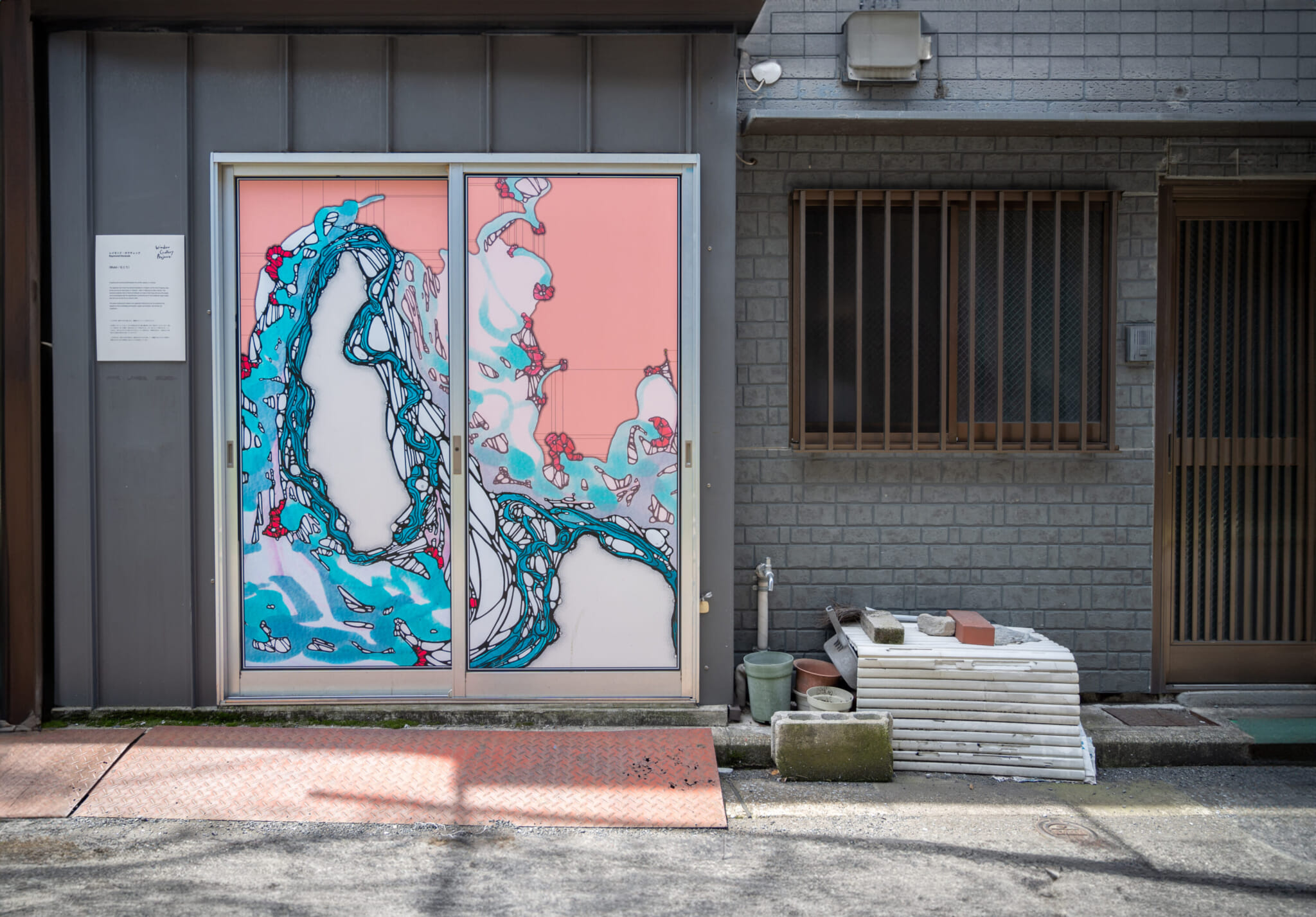

After touring the area, visitors can head to a variety of post-show activities, including Hinodecho Station’s newly built food hall, Clumsy Cafe, a cafe run by KAMC, and Koganecho Art Book Market, a well-stocked art bookstore that sells books covering a variety of topics including art, design, architecture, and more.
In 2024, the market celebrates its 15th anniversary and is a massive event spread across 20 different venues. But it’s not just market days. There are markets, workshops, events and exhibitions all year round. Koganecho is finally becoming a destination worth visiting, rather than a place to avoid. I wonder what Kurosawa would say.
For more information on Koganecho and its upcoming exhibitions, visit its website.


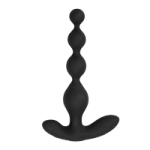 Anal Beads
Anal Beads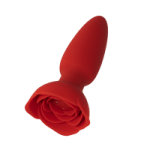 Anal Vibrators
Anal Vibrators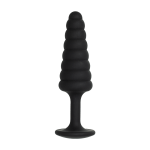 Butt Plugs
Butt Plugs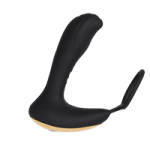 Prostate Massagers
Prostate Massagers
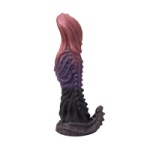 Alien Dildos
Alien Dildos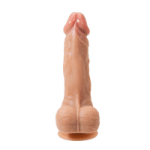 Realistic Dildos
Realistic Dildos
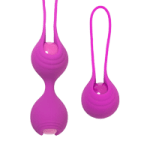 Kegel Exercisers & Balls
Kegel Exercisers & Balls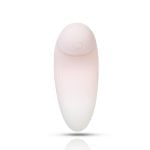 Classic Vibrating Eggs
Classic Vibrating Eggs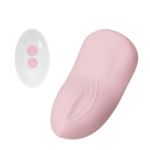 Remote Vibrating Eggs
Remote Vibrating Eggs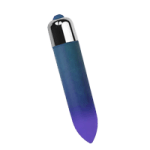 Vibrating Bullets
Vibrating Bullets
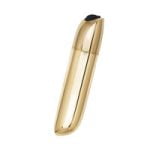 Bullet Vibrators
Bullet Vibrators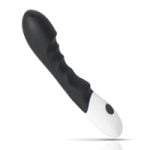 Classic Vibrators
Classic Vibrators Clitoral Vibrators
Clitoral Vibrators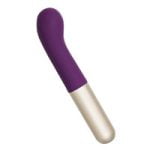 G-Spot Vibrators
G-Spot Vibrators Massage Wand Vibrators
Massage Wand Vibrators Rabbit Vibrators
Rabbit Vibrators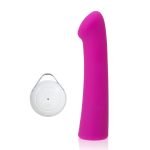 Remote Vibrators
Remote Vibrators
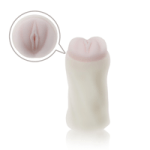 Pocket Stroker & Pussy Masturbators
Pocket Stroker & Pussy Masturbators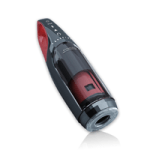 Vibrating Masturbators
Vibrating Masturbators
 Cock Rings
Cock Rings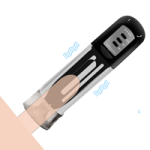 Penis Pumps
Penis Pumps
 Wearable Vibrators
Wearable Vibrators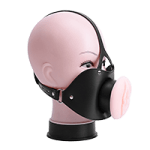 Blindfolds, Masks & Gags
Blindfolds, Masks & Gags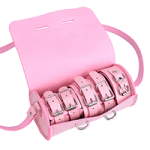 Bondage Kits
Bondage Kits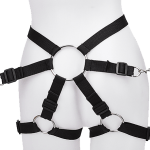 Bondage Wear & Fetish Clothing
Bondage Wear & Fetish Clothing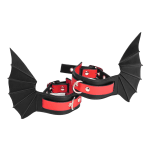 Restraints & Handcuffs
Restraints & Handcuffs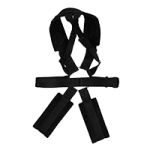 Sex Swings
Sex Swings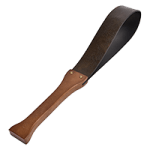 Ticklers, Paddles & Whips
Ticklers, Paddles & Whips







